FILM REFERENCE 1
FASHION:
WELCOME!
FILM REFERENCE 1
FASHION:
Walter Elias Disney ( December 5, 1901 – December 15, 1966) was an American entrepreneur, animator, voice actor and film producer. A pioneer of the American animation industry, he introduced several developments in the production of cartoons. As a film producer, Disney holds the record for most Academy Awards earned by an individual, having won 22 Oscars from 59 nominations. He was presented with two Golden Globe Special Achievement Awards and an Emmy Award, among other honors. Several of his films are included in the National Film Registry by the Library of Congress.
Born in Chicago in 1901, Disney developed an early interest in drawing. He took art classes as a boy and got a job as a commercial illustrator at the age of 18. He moved to California in the early 1920s and set up the Disney Brothers Studio with his brother Roy. With Ub Iwerks, Walt developed the character Mickey Mouse in 1928, his first highly popular success; he also provided the voice for his creation in the early years. As the studio grew, Disney became more adventurous, introducing synchronized sound, full-color three-strip Technicolor, feature-length cartoons and technical developments in cameras. The results, seen in features such as Snow White and the Seven Dwarfs (1937), Fantasia, Pinocchio (both 1940), Dumbo (1941) and Bambi (1942), furthered the development of animated film. New animated and live-action films followed after World War II, including the critically successful Cinderella (1950) and Mary Poppins(1964), the latter of which received five Academy Awards.
In the 1950s, Disney expanded into the amusement park industry, and in 1955 he opened Disneyland. To fund the project he diversified into television programs, such as Walt Disney’s Disneyland and The Mickey Mouse Club; he was also involved in planning the 1959 Moscow Fair, the 1960 Winter Olympics, and the 1964 New York World’s Fair. In 1965, he began development of another theme park, Disney World, the heart of which was to be a new type of city, the “Experimental Prototype Community of Tomorrow” (EPCOT). Disney was a heavy smoker throughout his life, and died of lung cancer in December 1966 before either the park or the EPCOT project were completed.
Disney was a shy, self-deprecating and insecure man in private but adopted a warm and outgoing public persona. He had high standards and high expectations of those with whom he worked. Although there have been accusations that he was racist or anti-Semitic, they have been contradicted by many who knew him. His reputation changed in the years after his death, from a purveyor of homely patriotic values to a representative of American imperialism. He nevertheless remains an important figure in the history of animation and in the cultural history of the United States, where he is considered a national cultural icon. His film work continues to be shown and adapted; his studio maintains high standards in its production of popular entertainment, and the Disney amusement parks have grown in size and number to attract visitors in several countries.
Genre “kind” or “sort”, from Latin genus (stem gener-), Greek γένος, génos) is any form or type of communication in any mode (written, spoken, digital, artistic, etc.) with socially-agreed upon conventions developed over time. Genre is most popularly known as a category of literature, music, or other forms of art or entertainment, whether written or spoken, audio or visual, based on some set of stylistic criteria, yet genres can be aesthetic, rhetorical, communicative, or functional. Genres form by conventions that change over time as new genres are invented and the use of old ones is discontinued. Often, works fit into multiple genres by way of borrowing and recombining these conventions. Stand alone texts, works, or pieces of communication may have individual styles, but genres are amalgams of these texts based on agreed upon or socially inferred conventions. Some genres may be rigid with strictly adhered to guidelines while others may be very flexible.
Genre began as an absolute classification system for ancient Greek literature. Poetry, prose, and performance each had a specific and calculated style that related to the theme of the story. Speech patterns for comedy would not be appropriate for tragedy, and even actors were restricted to their genre under the assumption that a type of person could tell one type of story best. In later periods genres proliferated and developed in response to changes in audiences and creators. Genre became a dynamic tool to help the public make sense out of unpredictable art. Because art is often a response to a social state, in that people write/paint/sing/dance about what they know about, the use of genre as a tool must be able to adapt to changing meanings.
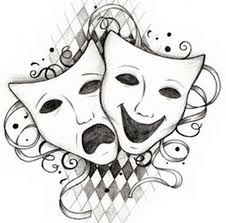
Drama film is a genre that relies on the emotional and relational development of realistic characters. While Drama film relies heavily on this kind of development, dramatic themes play a large role in the plot as well. Often, these dramatic themes are taken from intense, real life issues. Whether heroes or heroines are facing a conflict from the outside or a conflict within themselves, Drama film aims to tell an honest story of human struggles.
The Shawshank Redemption – A former banker convicted of murdering his wife develops a lifelong friendship with a fellow prisoner, and ultimately tries to defy the odds by keeping hope alive inside prison walls.
The Godfather – The aging patriarch of an organized crime circle must secure the future of his family’s empire by leaving it in the hands of his reluctant son.
Casablanca – A jaded nightclub owner must choose whether or not to help his ex-lover and her husband flee Nazi-occupied Morocco.
Biography
A Biography drama incorporates dramatic elements into a biographical film. These films differ from Historical and “based in truth” films because they specifically chronicle the life of a person or a group of people. Biography films attempt to show a comprehensive and accurate picture of the specific subject, thus they tend to be serious and intense.
Examples: Ray, Monster, Blow
Courtroom
Courtroom drama film uses the justice system as a main component of the plot. The story usually unfolds inside a courtroom with the prosecutor, judge, jury, and the defense. Tension plays a large part in courtroom dramas as the verdict can often mean life or death.
Examples: A Few Good Men, To Kill a Mockingbird, 12 Angry Men
Dramedy
Dramedy film is a genre that has a dramatic tone yet important elements of comedy. In Dramedy film, the amount of drama and comedy are almost equally balanced. This balance provides comedic relief for the audience, while still addressing serious issues.
Examples: Little Miss Sunshine, The Royal Tenenbaums, Lost in Translation
Historical
Historical is a sub-genre of Drama film that examines a specific time in history or group of people. Many Historical films aim to portray true events and people. However, most Historical films are only loosely based on these events and people. These films tend to focus on the more glorified societies and people in history such as the Romans, specific Kings and Queens, or important political figures.
Examples: 300, Frost/Nixon, Hotel Rwanda
Melodrama
Melodrama film is a sub-genre that appeals to the heightened emotions of the audience. The plot and characters often are more unrealistic than those found in the traditional drama film. Melodramas usually cater towards a female audience and tell a story that centers on a great crisis and a heroic protagonist.
Examples: The Bridges of Madison County, Steel Magnolias, Sophie’s Choice
Period Piece
Period Piece is a sub-genre of Drama film that focuses on a specific time era. The era in which the film is set adds not only to the plot, but to the characters and costumes as well. A Period Piece films are often based on a novel. These films tend to have a longer run time than traditional Dramas.
Examples: Pride and Prejudice, Mansfield Park, Romeo and Juliet
Political
Political drama film contains themes, characters, and a plot specifically about politics and the political scene. The main protagonist is often at odds with the harsh reality of corruption in politics. Many Political Dramas are based in fact but focus on exploring conspiracy theories.
Examples: Mr. Smith Goes to Washington, Wag The Dog, The Manchurian Candidate
Romance
Romantic Drama film is a genre that explores the complex side of love. The plot usually centers on an obstacle that is preventing love between two people. The obstacles in Romantic Drama film can range from a family’s disapproval, to forbidden love, to one’s own psychological restraints. Many Romantic Dramas end with the lovers separating because of the enormity of the obstacle, the realization of incompatibility, or simply… fate.
Examples: Romantic Drama film include Titanic, Breakfast at Tiffany’s, Dr. Zhivago
Tragedy
Tragedy Drama is a genre wherein the downfall of the character is caused by a flaw within the character. While Tragedy Dramas sometime put the character in extraordinary circumstances, this genre is really about the self-destructive behavior of the character. The flaws of the character come to a head and ultimately result in death or other form of degradation.
Examples: American Beauty, Death of a Salesman, The Great Gatsby
HOLLYWOOD
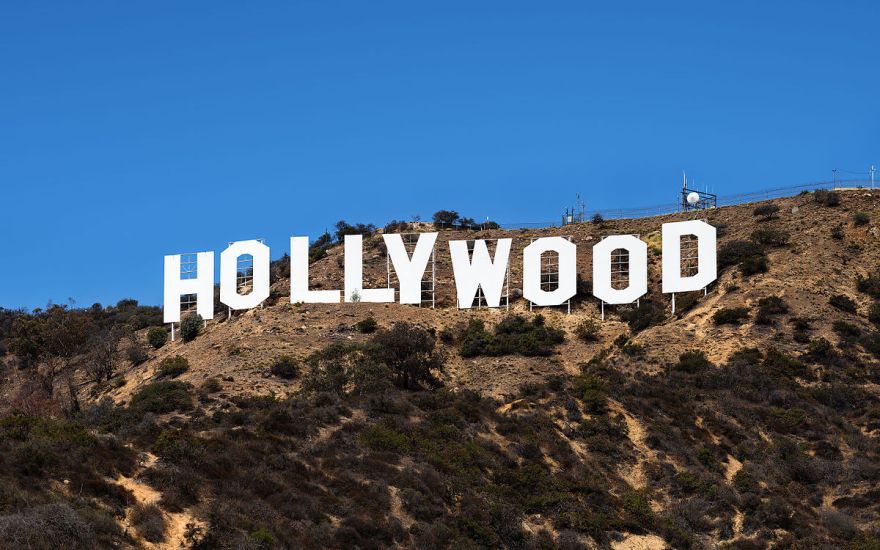
What is Hollywood?
Hollywood is a community within the city of Los Angeles. “Hollywood” has also term referring to the film industry because a number of historic film studios were established in the community.
ORIGINS OF HOLLYWOOD
The Origins of Hollywood In 1886 Landowners Harvey & Daeida Henderson Wilcox name their ranch Hollywood after Daeida met a woman in Ohio whose country house was called “Hollywood” for the English holly and woods. In 1911 the first motion picture studio in Hollywood was built by the Nestor Motion Picture Company on Sunset and Gower corner. Nestor Studios merged one year later with Universal Film Company. Eventually this place evolved into the Hollywood we know today and became a significant place in the history of film production.

RISE TO SUCCESS
The first film for motion photography was invented in 1885 by George Eastman and William H. Walker, which contributed to the advance of motion photography. Shortly thereafter, the brothers Auguste and Louis Lumiere created a hand-cranked machine called the cinematography, which could both capture pictures and project still frames in quick succession. u The 1900’s were a time of great advancement for film and motion picture technology. Exploration into editing, backdrops, and visual flow motivated aspiring filmmakers to push into new creative territory. One of the earliest and most famous movies created during this time was The Great Train Robbery, created in 1903 by Edwin S. Porter. u Over time many film companies emerged such as warner bros, paramount and of course our favorite, Disney.
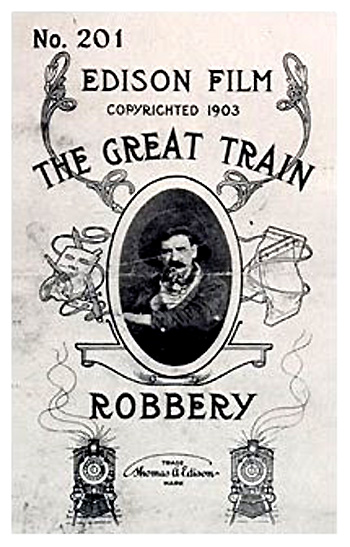
THE BIG SIX
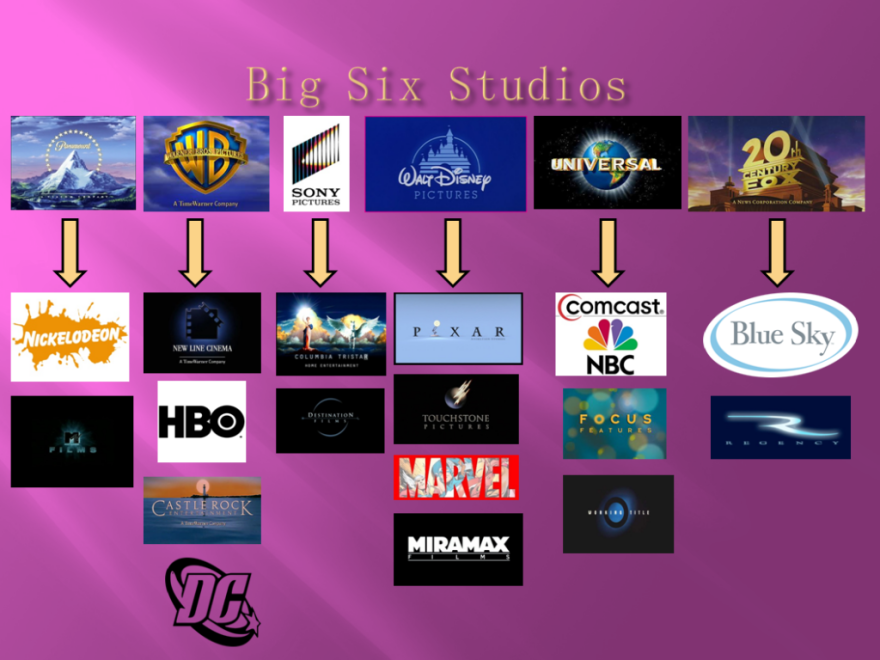
HOLLYWOOD INFLUENTIAL
ACADEMY AWARDS
Academy Awards The Academy Awards most commonly known as Oscars, is an annual American awards ceremony honoring achievements in the film Industry. Winners are awarded with a statuette, officially the Academy Award of Merit. Oscars are presented by the Academy of Motion Picture, Arts and Sciences. The 1st Academy Awards ceremony, presented by the Academy of Motion Picture Arts and Sciences honored the best films of 1927 and 1928 and took place on May 16, 1929, at a private dinner held at the Hollywood Roosevelt Hotel in Los Angeles, California. AMPAS president Douglas Fairbanks hosted the show. Tickets cost five dollars, 270 people attended the event and the presentation ceremony lasted fifteen minutes. Now by 2015 the 87th Academy Awards has been held on February 22, 2015, a total of 2947 Oscars have been Awarded since the first at 1929.
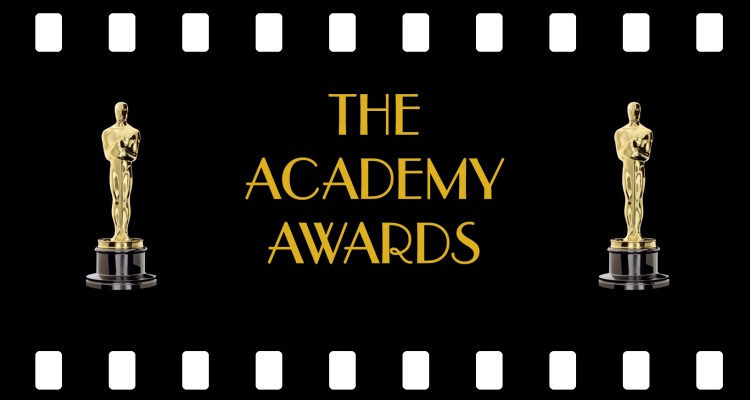
HOLLYWOOD NOWADYS
By 1950, the first commercial television station west of the Mississippi River, KTLA, was operating in Hollywood. Much of the movie industry remained in Hollywood, although the district’s outward appearance completely changed.
At the beginning there were only silent, black and white movies, mainly starring Mary Pickford and Charlie Chaplin, but soon, they made a major breakthrough by producing movies with sounds.
At the beginning there were only silent, black and white movies, mainly starring Mary Pickford and Charlie Chaplin, but soon, they made a major breakthrough by producing movies with sounds.
FIRST GENRE
The first genres of American films were comedy, melodrama and western, later adventure and historical films also appeared. But now the range of genres is beyond imagination in Hollywood. Hollywood is also referred as The Factory of Dreams as it produces more thousands of films each year and can make any average person touch the limits of stardom
THE WALK OF FAME
The Walk Of Fame comprises of more than 2500 five-pointed stars embedded in the sidewalks along 15 blocks of Hollywood Boulevard and the three blocks of Vine.There are nearly 200 Hollywood celebrities’ hand-prints, footprints, and autographs on the concrete floor. On top of that, eyeglasses of Harold Lloyd, cigar of Grouch Marx and magic wands of Harry Potter is also there.
VENUE
Many historic Hollywood theaters are used as venues and concert stages to premiere major theatrical releases and host the Academy Awards. It is a popular destination for nightlife, tourism, and is home to the many elite Hollywood stars.
This is your very first post. Click the Edit link to modify or delete it, or start a new post. If you like, use this post to tell readers why you started this blog and what you plan to do with it.